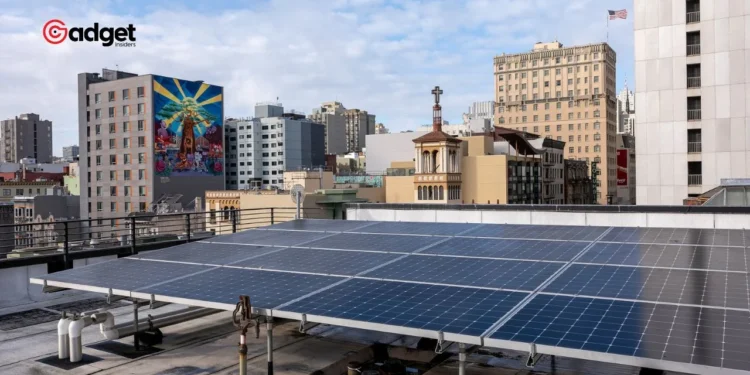In a significant ruling, the California Public Utilities Commission (CPUC) has adopted new regulations for community solar projects. This decision comes amid heated debates and stark warnings from clean energy advocates, who argue that these new rules might undermine efforts to democratize solar energy for low-income customers.
While the state’s largest utility companies have pushed for these changes, the move raises concerns about the future of solar power accessibility in California.
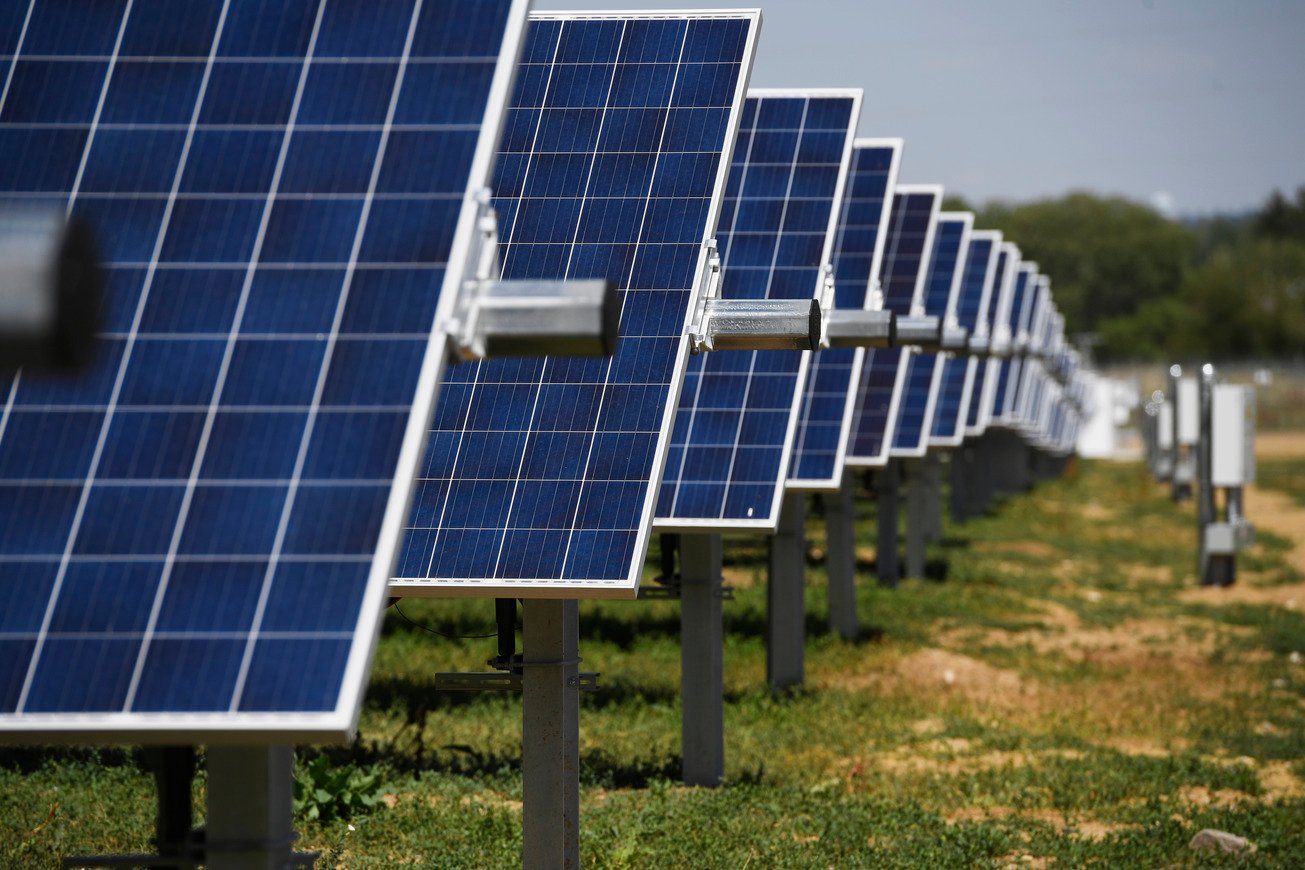
California’s New Solar Policy Explained
Community solar projects allow individuals who cannot afford personal installations—like renters and low-income homeowners—to benefit from solar power. These projects are vital for California’s goal of a fully renewable-powered grid. However, the CPUC’s latest decision seems to serve a dual purpose: while it retains certain incentives, such as a 20% rate reduction for subscribers to these solar pools, it drastically cuts future compensation for both solar providers and residents.
“The formula adopted today essentially reduces the value of distributed small-scale renewable energy in the future, providing less of an incentive for new community solar projects to be built,” explained Commission President Alice Reynolds. Despite the cuts, subsidies and incentives crucial for fostering community solar installations will remain for the short term, thanks to a recent $250 million grant under the federal Solar For All program.
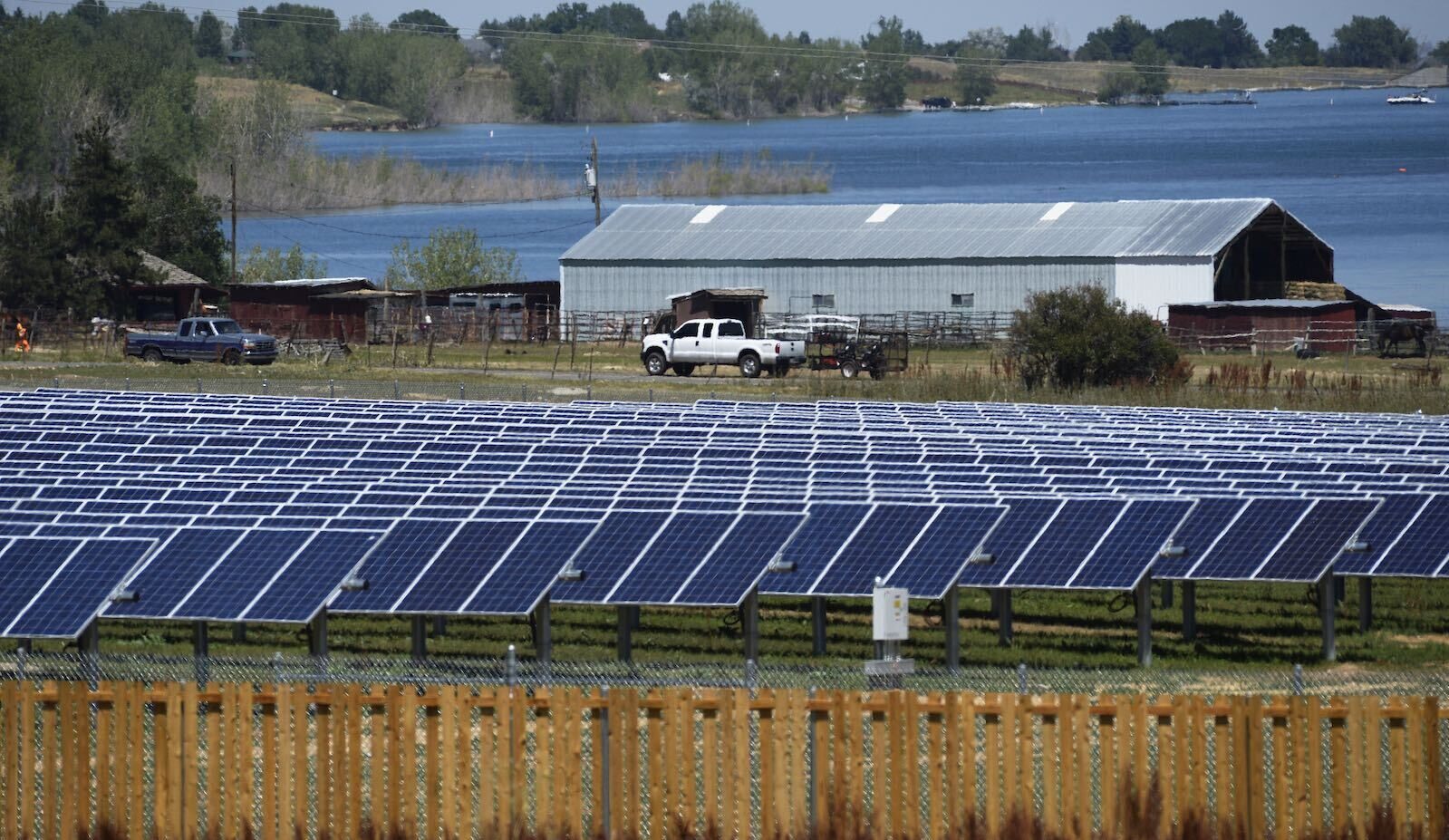
Advocates Voice Concerns Over Sustainability
Critics of the new policy, such as Derek Chernow, Western Regional Director for the Coalition for Community Solar Access, emphasize the precarious foundation of these programs. “The foundations of a sustainable program should not be built on one-time money,” Chernow stated, highlighting the uncertainty that looms once the federal funds are depleted.
Moreover, the decision has sparked a broader debate about the equitable distribution of renewable resources. The CPUC mandates that at least 51% of the energy from community solar projects should serve disadvantaged communities, a target that seems more challenging under the new rule set.
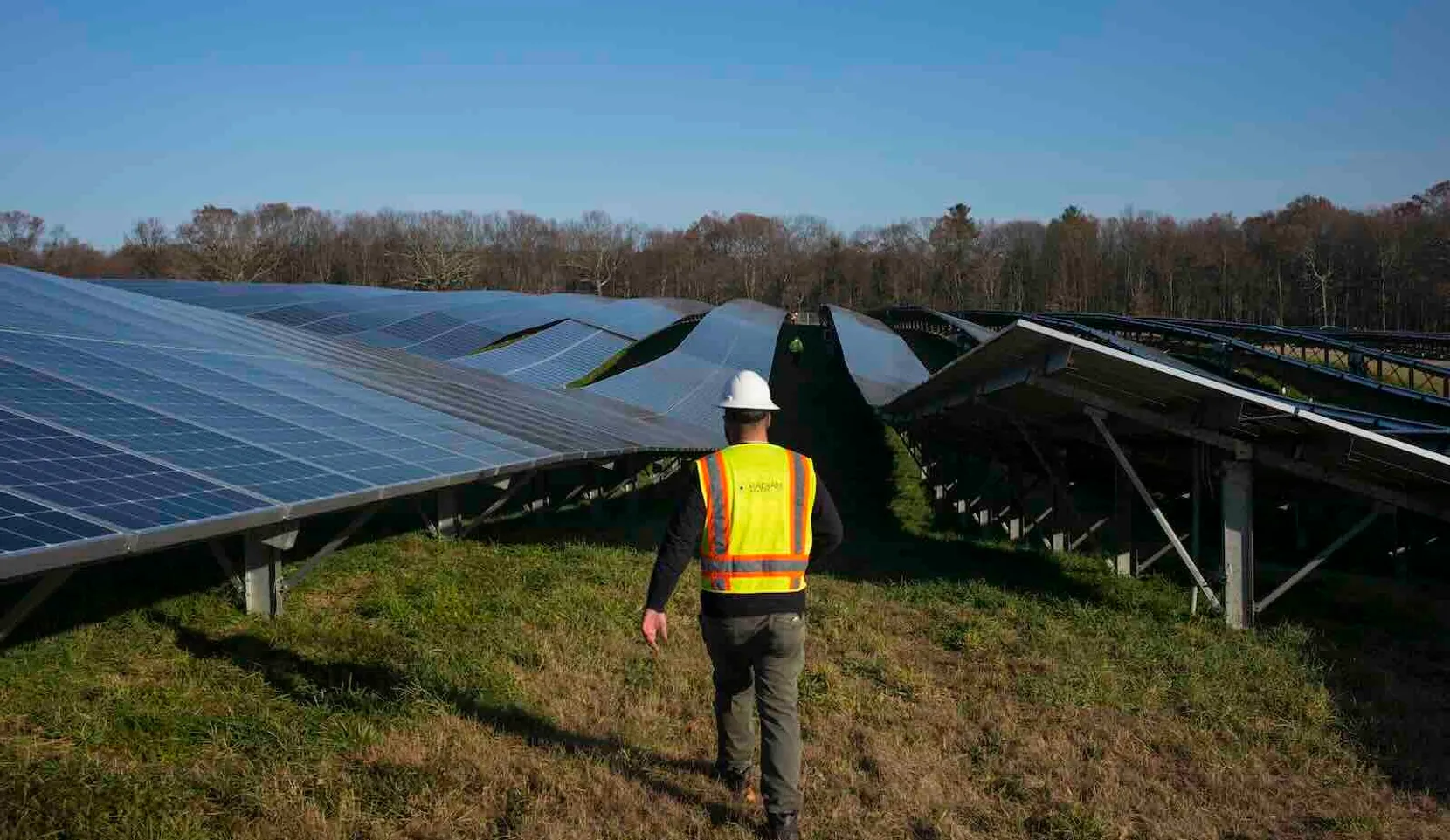
Legislative and Public Backlash
The commission’s decision has not gone unnoticed in legislative circles. Assemblymember Christopher Ward criticized the newly adopted proposal as “fatally flawed” and not reflective of legislative intent. Similarly, an aide to Senator Josh Becker voiced doubts over the expansion of clean energy access due to these policies.
During the commission’s hearing, public comments were limited, but the dissent was palpable among those who spoke.
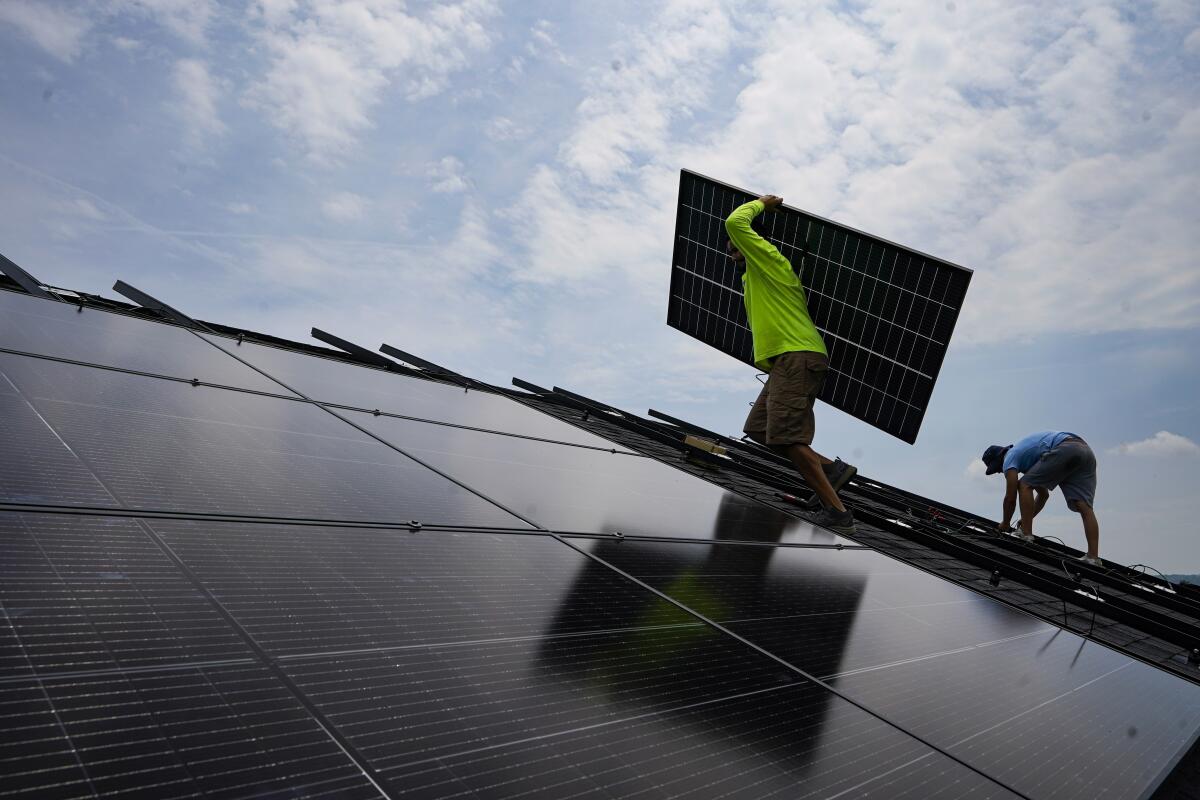
Looking Ahead: Modifications and Market Adjustments
Despite the current discontent, Reynolds reassures that the program’s structure is not set in stone: “We are not done here today,” she remarked, suggesting that future modifications could potentially enhance the program’s effectiveness. This adaptive approach might be necessary as the state continues to grapple with rising electric bills and debates over the fair distribution of solar benefits.
California’s journey towards a sustainable, equitable energy future is fraught with complex challenges and competing interests. As the state navigates these turbulent waters, the outcome of decisions like these will significantly shape the accessibility of clean energy to its most vulnerable populations. The overarching goal remains clear: to ensure a just and equitable transition to renewable energy for all Californians.

